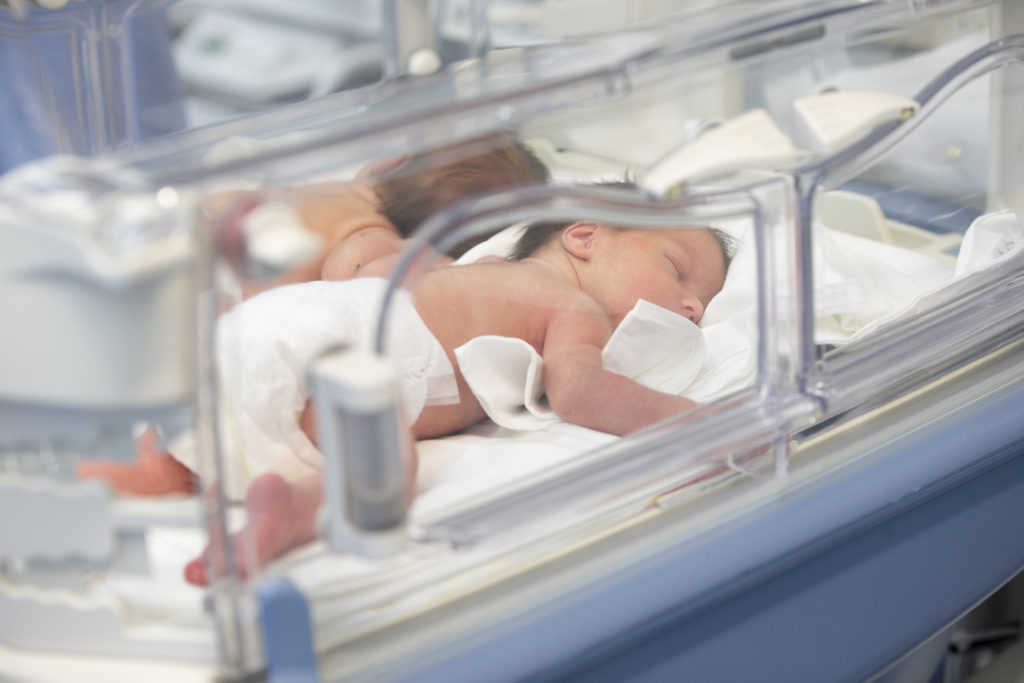Pediatric Intensive Care Units (PICUs) play a pivotal role in safeguarding the health of critically ill children. One of the driving forces behind the success of PICUs is the continuous integration of cutting-edge specialized equipment and technology. These advancements not only enhance the precision of diagnostics and treatment but also contribute significantly to improving patient outcomes. In this article, we delve into the various specialized equipment and technological innovations that have transformed the landscape of pediatric critical care.
Mechanical Ventilators
Mechanical ventilators have been a cornerstone in the care of critically ill children. These devices support respiratory function by delivering controlled amounts of air into the lungs. The latest ventilators in PICUs are equipped with sophisticated algorithms that can adapt to the specific needs of each patient. Adaptive modes, pressure support, and advanced graphics interfaces allow clinicians to tailor ventilation strategies to individual requirements, optimizing respiratory support and minimizing potential complications.
High-Frequency Oscillatory Ventilation (HFOV)
HFOV is a specialized form of mechanical ventilation that delivers very fast and small breaths to the patient. It is particularly useful in cases of severe respiratory distress, as it can improve oxygenation while minimizing the risk of ventilator-associated lung injury. The ability to provide such precise respiratory support has been a game-changer in the PICU, especially for neonates and infants with delicate respiratory systems.
Continuous Renal Replacement Therapy (CRRT)
Critically ill children often face challenges with renal function, and CRRT has emerged as a vital technology in addressing these issues. This specialized equipment facilitates the continuous removal of waste products and excess fluids from the blood, serving as a substitute for impaired kidney function. CRRT has proven particularly beneficial in cases of sepsis, renal failure, and fluid overload, providing a more gentle and controlled approach to fluid management.
Extracorporeal Membrane Oxygenation (ECMO)
ECMO is a life-saving technology that provides temporary cardiac and respiratory support to patients with severe heart or lung failure. In the PICU, ECMO has become a crucial intervention for children facing life-threatening conditions. By diverting blood outside the body, oxygenating it, and then returning it, ECMO acts as a temporary life support system, giving the heart and lungs the opportunity to recover.
Intracranial Pressure Monitoring Devices
Children with severe head injuries, neurologic disorders, or post-surgical conditions may require monitoring of intracranial pressure (ICP). Specialized devices, such as intraventricular catheters or external ventricular drains, allow continuous measurement of ICP, enabling early detection of elevated pressures that could lead to further complications. This real-time monitoring is crucial in preventing secondary brain injuries and guiding appropriate therapeutic interventions.
Point-of-Care Ultrasound (POCUS)
POCUS has revolutionized the way clinicians assess and diagnose critical conditions at the bedside. In the PICU, portable ultrasound machines enable real-time imaging of vital organs, blood vessels, and other structures. This non-invasive and rapid diagnostic tool aids in quick decision-making, allowing healthcare professionals to assess cardiac function, detect fluid accumulation, and guide various procedures without the need for more invasive measures.
Telemedicine and Remote Monitoring
The integration of telemedicine and remote monitoring technologies has expanded the reach of expertise in pediatric critical care. PICUs can now collaborate with specialists located remotely to provide timely consultations and advice. Continuous remote monitoring of vital signs and parameters allows healthcare teams to intervene promptly in case of any deviations, contributing to early detection and intervention.
Smart Infusion Pumps
Medication administration is a critical aspect of pediatric intensive care. Smart infusion pumps are equipped with advanced safety features, allowing for precise and controlled delivery of medications. These pumps can be programmed to deliver drugs at specific rates and with built-in alerts for potential errors, reducing the risk of medication-related complications.
Advanced Monitoring Systems
Modern PICUs employ advanced monitoring systems that continuously track various parameters, including heart rate, blood pressure, oxygen saturation, and respiratory rate. These systems provide real-time data, enabling healthcare professionals to detect changes in a patient’s condition promptly. Integration with electronic health records facilitates documentation and analysis of trends over time.
Exergaming for Rehabilitation
Recognizing the importance of rehabilitation in pediatric critical care, exergaming technologies have been introduced to engage children in therapeutic activities. These interactive games not only make the rehabilitation process more enjoyable but also encourage physical activity, fostering a holistic approach to recovery.
Bedside Radiography and Portable Imaging
Traditional radiography may pose challenges for critically ill children who cannot be easily transported. Portable imaging solutions bring X-rays and other imaging modalities directly to the bedside, minimizing patient movement and the associated risks. This advancement enhances diagnostic capabilities while prioritizing patient safety.
Enhanced Communication Systems
Effective communication among healthcare teams, patients, and families is crucial in the PICU setting. Advanced communication systems, including secure messaging platforms and video conferencing tools, facilitate seamless information exchange. This ensures that everyone involved in a child’s care is well-informed and can collaborate efficiently.
Conclusion
The continual evolution of specialized equipment and technology in Pediatric Intensive Care Units reflects the commitment of healthcare professionals to providing the best possible care for critically ill children. These advancements not only enhance diagnostic accuracy and treatment precision but also contribute to improved patient outcomes and overall quality of care. As technology continues to advance, the future holds even more promising innovations that will further transform the landscape of pediatric critical care, offering hope and healing to the youngest and most vulnerable patients.

